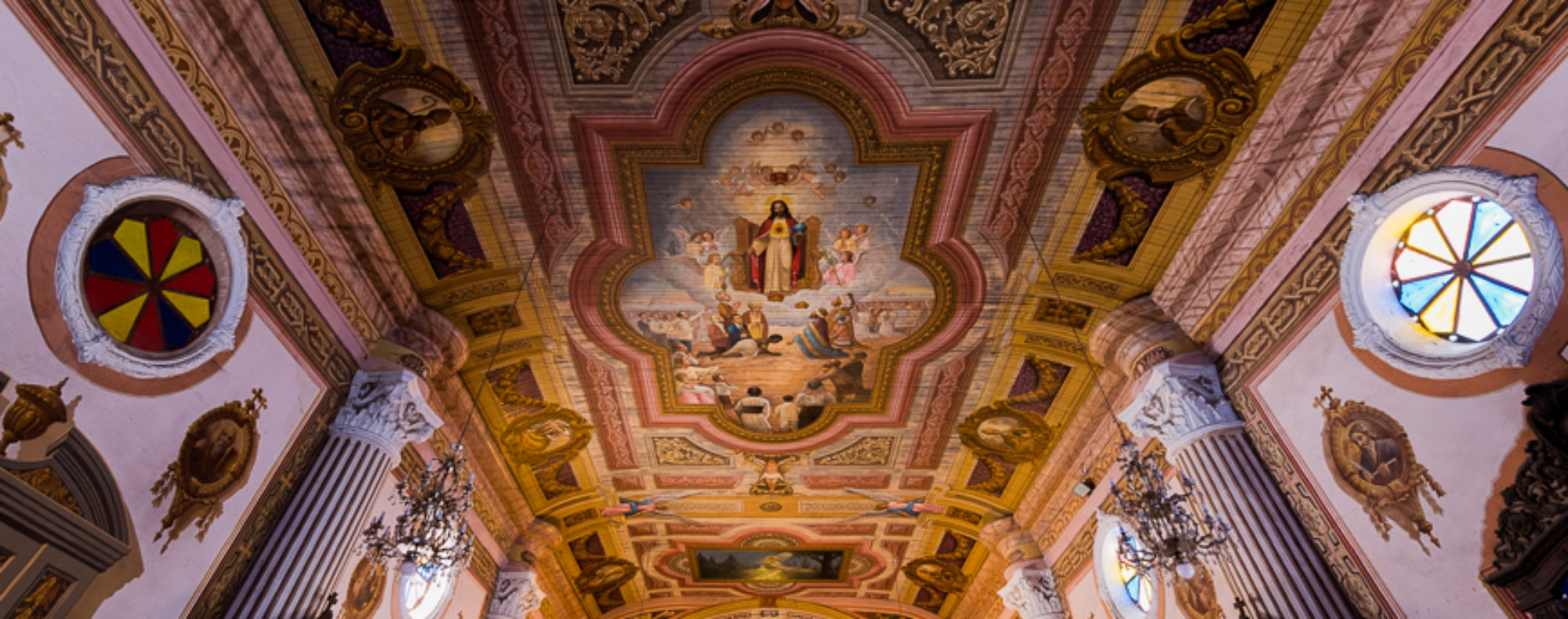When it comes to exploring the rich tapestry of Philippine history, few places can rival the cultural significance and historical importance of Pampanga. Nestled in the heart of Luzon, this province is not only known for its culinary prowess but also for its captivating heritage that spans centuries. Join us as we embark on a journey to uncover the fascinating history of Pampanga, unearthing its cultural treasures, culinary delights, and architectural marvels.
Pampanga, often referred to as the “Culinary Capital of the Philippines,” has a heritage that goes far beyond its delectable dishes. This province played a crucial role in shaping the country’s history, with influences from various colonizers and indigenous communities. From the pre-colonial era to the Spanish occupation and the American period, Pampanga has witnessed significant historical events that have left an indelible mark on its identity.
One of the highlights of exploring Pampanga’s rich history is delving into its cultural heritage. The province is home to numerous ancestral houses, churches, and heritage sites that offer a glimpse into the past. The architectural marvels, such as the San Agustin Church in Lubao and the Betis Church in Guagua, showcase the intricate craftsmanship and religious devotion of the Filipino people throughout the centuries.
Moreover, Pampanga is renowned for its vibrant festivals that celebrate its cultural heritage. The annual Sinukwan Festival pays homage to the province’s ancient customs and traditions, while the Giant Lantern Festival in San Fernando showcases the exceptional craftsmanship of local artisans. These festivals not only serve as a reminder of the province’s rich cultural tapestry but also provide an immersive experience for visitors.
No exploration of Pampanga’s history would be complete without indulging in its culinary delights. The province is a haven for food enthusiasts, offering a wide array of iconic dishes that reflect the fusion of indigenous, Spanish, and Asian influences. From the famous sisig to mouthwatering tamales and halo-halo, Pampanga’s cuisine is a testament to its vibrant history and diverse cultural heritage.
As you venture through Pampanga, make sure to visit the local museums and historical sites that house a treasure trove of artifacts, artworks, and historical accounts. The Museo ning Angeles, for instance, provides an in-depth look into the city’s past, showcasing its transformation from a small settlement to a bustling urban center.
In conclusion, Pampanga’s history is a captivating tale that intertwines with its cultural heritage, culinary wonders, and architectural splendors. The province’s significance in Philippine history cannot be overstated, and every step you take reveals layers of stories waiting to be uncovered. So, pack your bags, delve into the rich history of Pampanga, and embark on an unforgettable journey through time.

